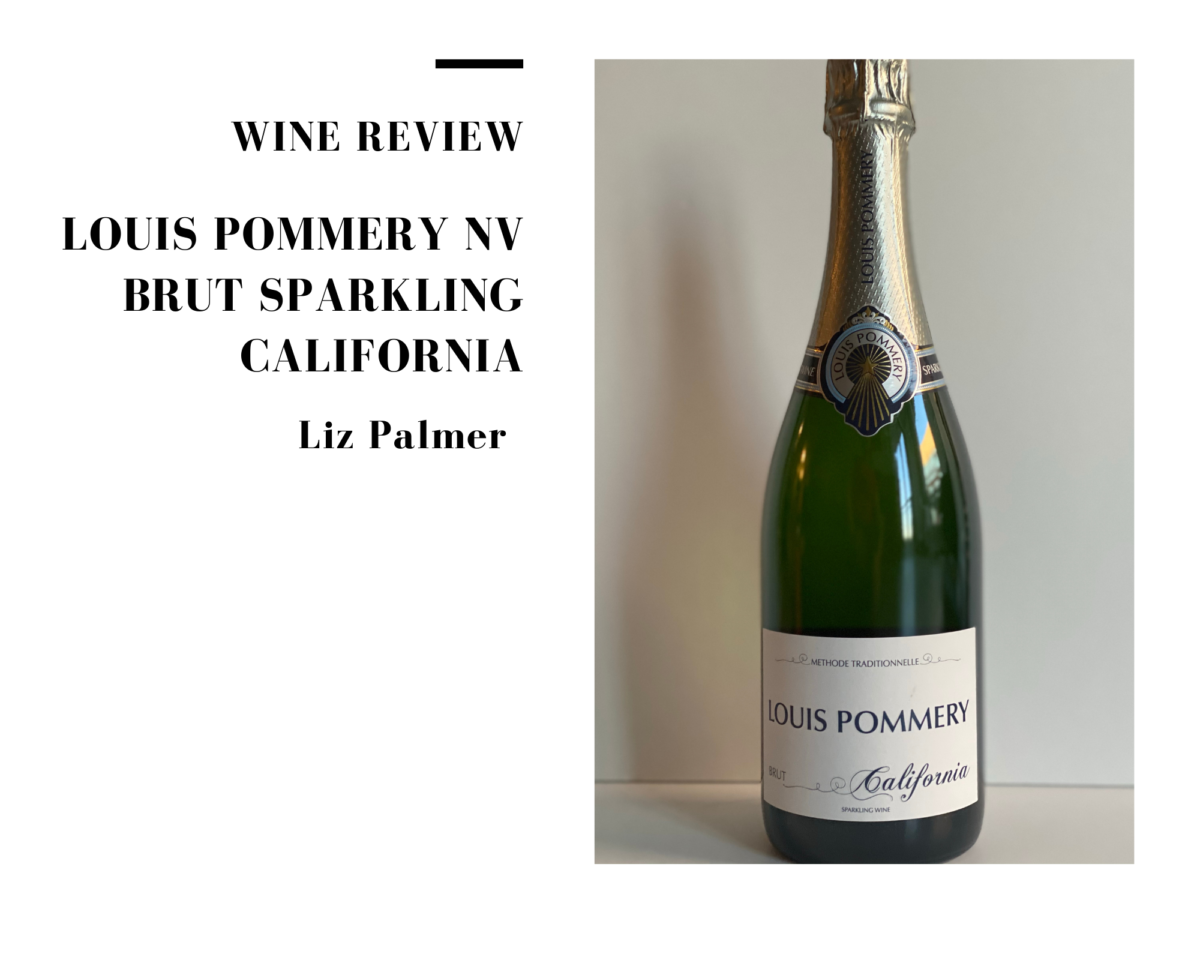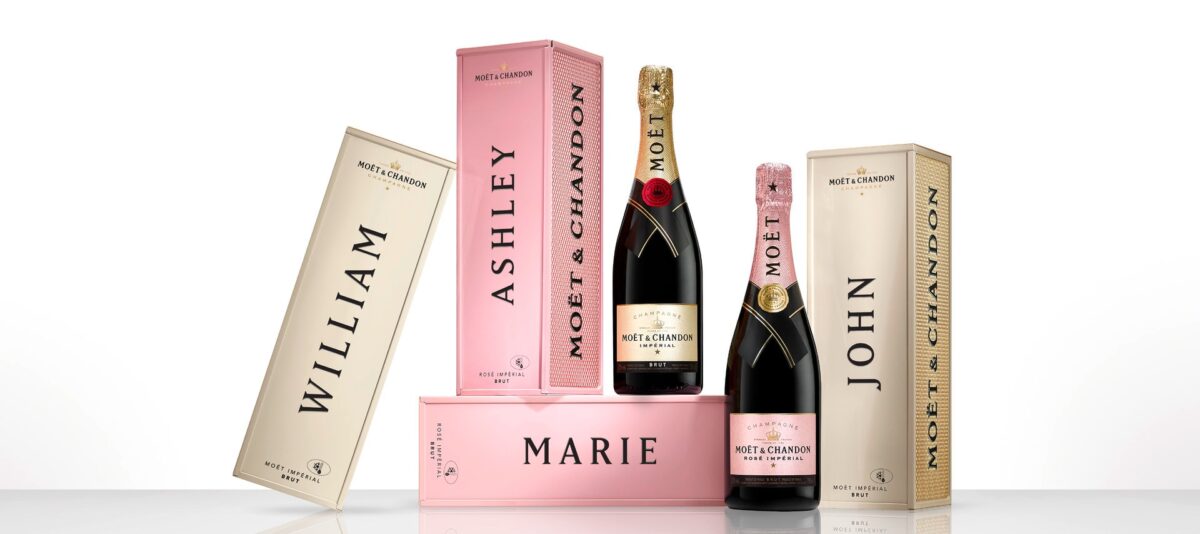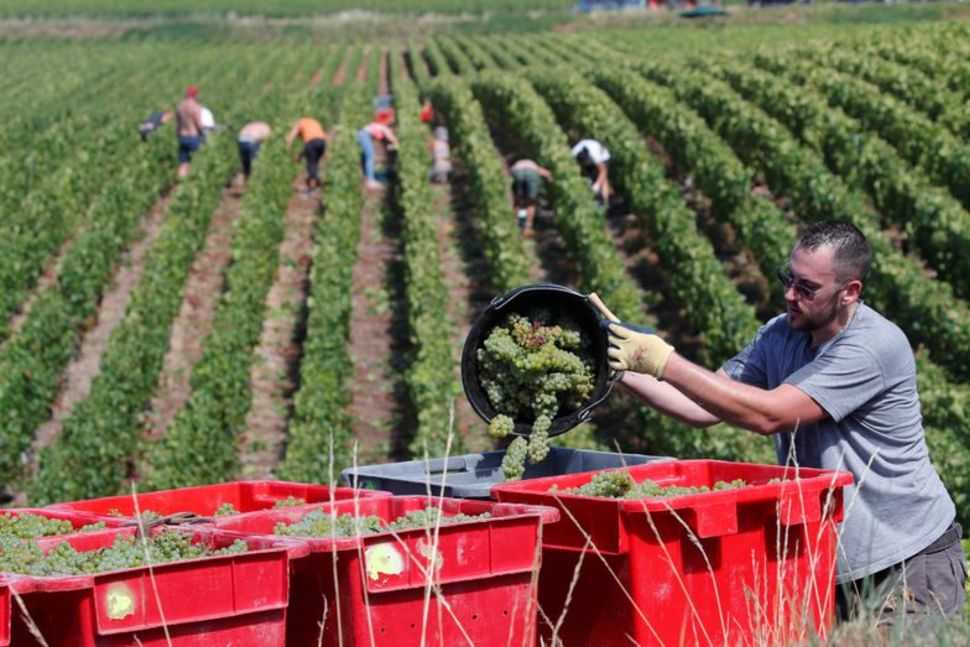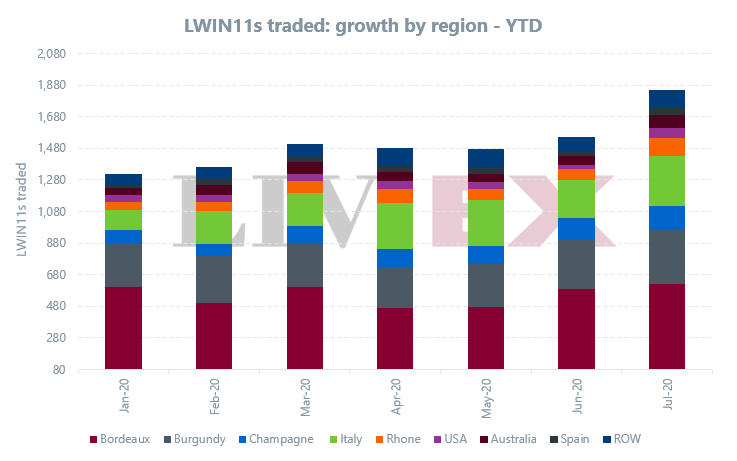Pommery is closely associated with Champagne; a few years ago, Pommery expanded to the USA under “Louis Pommery”, using California grapes to make a new world style sparkling wine.
After eight years of R & D, Cellar Director, and oenological DevelopmentManager Thierry Gasco refined a revolutionary method to craft wine with encapsulated yeast, which eliminates all deposits from the bottle, gives the wine an unprecedented degree of clarity and brilliance.
Using the methode champenoise principle this wine is made with 96% chardonnay and 4% pinot noir grapes.
Louis Pommery is an ode to the maison’s iconic style, evoking vivacity, freshness and finesse.
Tasting Notes:
Beautiful straw yellow colour with a lively effervescence; soft aromas of toasted baguette, fresh flowers with notes of green apples which flow through to the palate; slight citrusy note; the finish is long and toasty.
A wonderful and well-priced offering.
92 points
Vintages Release Date: September 5, 2020 – # 15894
Bottle Size: 750 mL bottle
Alcohol/Vol:12.5%
Made In: California, USA
By: Vranken Pommery America
Sugar Content:10 g/L
Style: Medium body
Varietal: Chardonnay Blend
Redefining California cool and set to become a game-changer in the sparkling wine category!
Liz Palmer: Review October 15 2020





